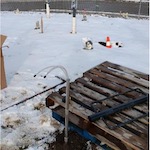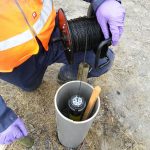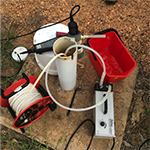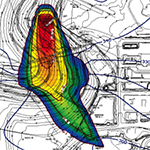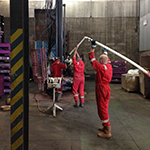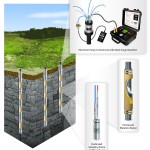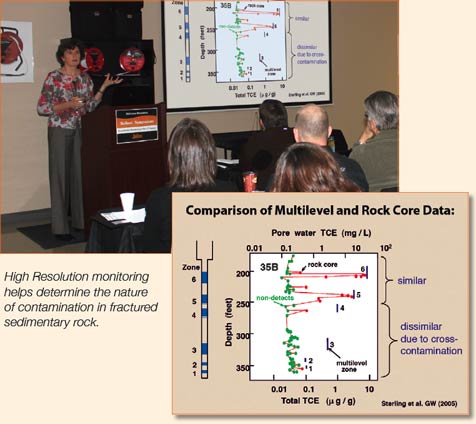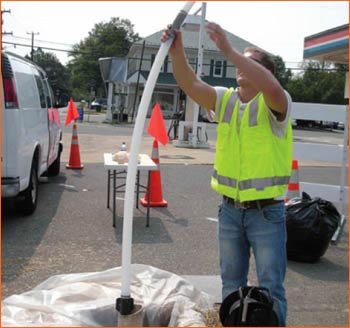Planting 51 Trees Speeds Up Toluene Cleanup Efforts
High-Res Groundwater Monitoring Tracks its Success: Over 40 years ago, a former industrial site in the City of Guelph, Ontario, was contaminated by toluene; the chemical plume has since leached into the underlying fractured bedrock aquifer. Today, the site is home to a unique research project headed by the University of Guelph Morwick G360 Groundwater… Continue Reading »

